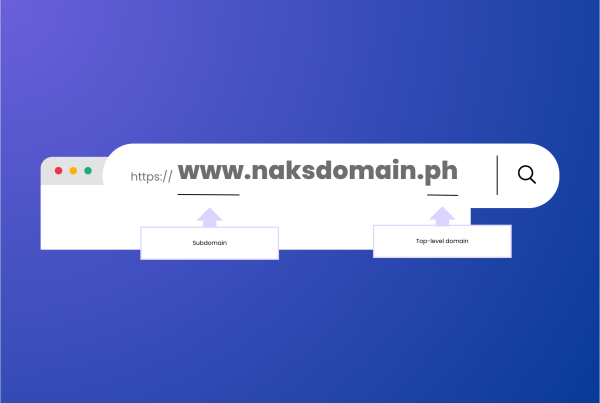Updated: 16 May 2025 • 7 minutes Read
Creating an SEO Blog Post that consistently attracts traffic is both a science and an art. With search engines becoming smarter and user behavior evolving rapidly, it’s essential to strike a balance between writing for people and optimizing for algorithms.
Whether you’re a business owner, a digital marketer, or an AI content writer, understanding how to craft an SEO optimized blog post is key to scaling your online visibility.
In this comprehensive guide, we’ll walk you through a proven content strategy for writing a blog post that ranks higher, engages users, and supports your overall content marketing goals.
Why SEO Matters for Blog Content
Search Engine Optimization (SEO) is the backbone of digital visibility. A well-optimized blog post can generate consistent traffic, build authority in your niche, and support long-term business growth. When executed correctly, SEO blog posts not only rank higher in search engine results pages (SERPs) but also engage readers and encourage them to take action.
Table of Contents
- Start with a Clear Content Strategy
- Perform Keyword Research
- Craft a Compelling Blog Post Title and Meta Description
- Structure Your Post with Headers and Subheadings
- Write High-Quality, Original Blog Content
- Optimize for On-Page SEo
- Use Visuals to Enhance Engagement
- Ensure Mobile and Technical Optimization
- Encourage Engagement and Social Sharing
- Monitor Performance and Update Regularly
Start with a Clear Content Strategy
Before writing a blog post, define your content strategy. A well-planned approach ensures each piece aligns with your marketing objectives and addresses the right audience.
Key elements of a content strategy:
- Identify your target audience and their pain points
- Choose topics based on user searches and search intent
- Use keyword research tools to find high-value keywords
- Define the purpose of the post: Inform, convert, or educate
Perform Keyword Research
Keyword research is a foundational aspect of content creation. Use tools like Google Keyword Planner, Ahrefs, or SEMrush to discover primary and long tail keywords.
Best practices:
- Focus on long tail keyword variations to target specific search intent
- Analyze search term relevance and competition
- Understand how users are typing queries into search engines
These insights help you tailor your content to what your target audience is actually searching for.
Craft a Compelling Blog Post Title and Meta Description
A strong blog post title grabs attention and improves click-through rates. Make sure it includes your focus keyword and speaks directly to the reader’s needs.
Tips for SEO-friendly titles:
- Include the keyword (e.g., “how to write an SEO blog post”)
- Keep it under 60 characters
- Use emotionally-driven or benefit-focused language
The meta description should complement the title and encourage users to click from the SERP.
Structure Your Post with Headers and Subheadings
Proper formatting improves the readability of your blog content and helps search engines index your page effectively.
Benefits:
- Clear H2/H3 tags organize types of content
- Makes it easier to scan and digest
- Increases the likelihood of being featured in featured snippets
Write High-Quality, Original Blog Content
Search engines prioritize valuable and unique blog content. Whether created by a human or an AI content writer, content should always provide real value.
What high-quality content includes:
- Answers user intent clearly
- Is free from grammatical errors and fluff
- Offers actionable tips, examples, and expert quotes
Originality not only builds trust but also avoids penalties from duplicated web pages.
Optimize for On-Page SEO
On-page SEO ensures your blog content is structured for both humans and algorithms.
Checklist for optimization:
- URL: Use short, keyword-rich URLs
- Title Tag: Feature the main keyword early
- Headers: Include long tail keywords in H2s and H3s
- Internal Links: Connect to other relevant pages and blog posts
- External Links: Link to authoritative sources
- Alt Text: Describe visuals using relevant search terms
- Call to Action: End posts with clear CTAs to increase conversions
Use Visuals to Enhance Engagement
Images, charts, and videos enhance user experience and increase time on page—two factors that signal quality to search engines.
Visual best practices:
- Compress images to keep load times fast
- Use keyword-rich alt text
- Add captions to clarify context
Ensure Mobile and Technical Optimization
With mobile-first indexing and Core Web Vitals, a technically sound blog post is crucial.
Key factors:
- Mobile responsiveness
- Fast page load times
- Use HTTPS and secure hosting
- Clean structure using schema markup and semantic tags
These elements engine optimize your blog post for maximum visibility.
Encourage Engagement and Social Sharing
Encouraging interaction increases visibility and authority.
Tips to drive engagement:
- Add easy-to-use share buttons
- Include interactive CTAs (e.g., “Leave a comment” or “Download the guide”)
- Embed your blog post into a landing page for lead generation
High engagement rates often lead to better rankings and wider reach.
Monitor Performance and Update Regularly
After publishing, it’s vital to track how your blog post performs over time.
Use these tools:
- Google Analytics: Monitor traffic, bounce rate, and session time
- Google Search Console: Track keyword positions, indexing, and performance issues
Regularly updating content to reflect new data or trends ensures it remains accurate, valuable, and competitive.
Conclusion: Start Writing Smarter SEO Blog Posts
Knowing how to write an SEO blog post is a crucial skill in today’s digital landscape. A strategic combination of keyword research, on-page optimization, and engaging content creation can significantly improve your visibility on search engines.
By leveraging AI content writer tools, understanding search intent, and using platforms like Google Search Console and Google Analytics, you can refine your content strategy and continually improve performance.
Whether you’re optimizing your blog post title, selecting tail keywords, or designing a compelling landing page, every step should be aligned with what your target audience values.
Start creating blog content that doesn’t just exist—but performs.
Topics: SEO
Don’t forget to share this post!


